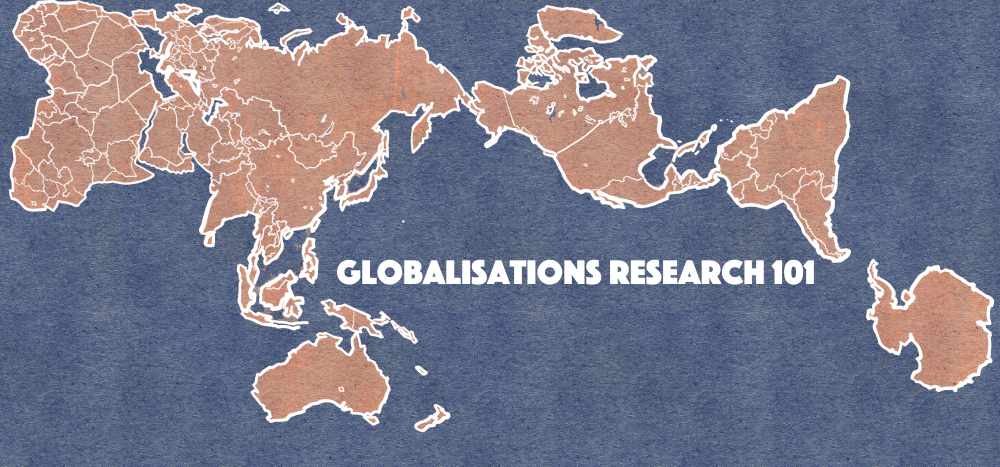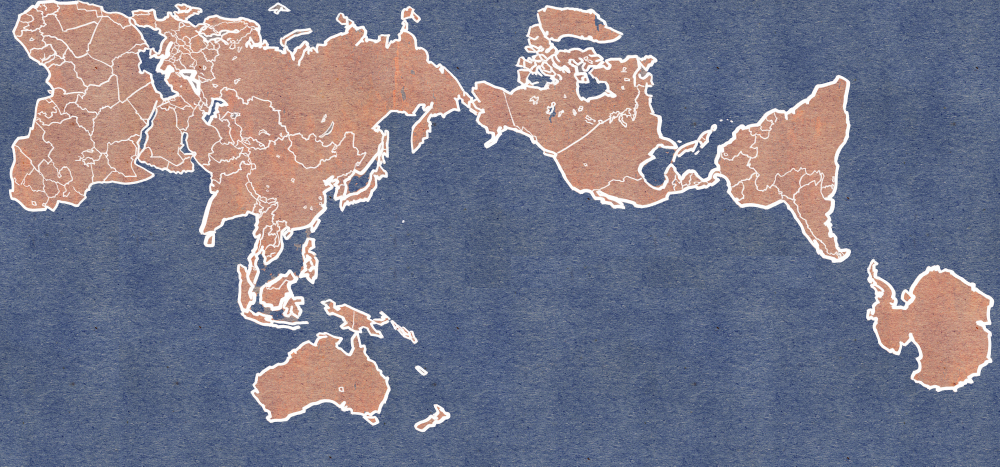Gustavo Rivas opens the blog Globalizations Research 101
Scholars all over the world are currently discussing the implications of the ongoing crisis of multilateralism, the apparent or threatening inability of states and peoples to cooperate for common solutions. One key concern is the political responses for a way out of the crisis: the fragmentation of global governance into conflicting blocks or dispersion of common action to non-cooperative unilateralism, bilateralism, or exclusive regionalism1. This blog entry offers a Eurocentric perspective on that crisis. The method of procedure is to explicate shortly the meaning of three key concepts and their relation to global cooperation. The key concepts are integration, regionalism, and multilateralism.
Multilateralism and Regionalism
When we talk about multilateralism, its simplest definition could be three or more countries working together articulately to achieve a common goal. For the purpose of being more concrete, but without falling into a too narrow definition, we will define multilateralism as multiple countries acting coordinately on a determined issue (Keohane, 1990, s. 731), based under the principles of “indivisibility”, “diffuse reciprocity” (Ruggie, 1992), and “non-discrimination”.
-
Indivisibility: Impossibility to divide the interests among the participants.
-
Diffuse reciprocity: Reciprocity means all favors, benefits, or penalties granted by one state to the citizens, or legal entities, of another, should be returned in kind (e.g. visa free regimes). Diffuse reciprocity is seen more like an institutionalization of trust, where consistent cooperation creates generally accepted standards of behavior, which later help exert normative pressure on state action, thus contributing to the development of long-term cooperation.
-
Non-discrimination: Similar to the most-favored nation principle, it refers to the granting of equal treatment to all of the willing participants.
Regionalism can, and seems to be interpreted in so many different ways that it may seem to lack consistency, which highlights some of the main problems in the debate like the lack of coherence in the use of the concepts “regionalization” or “region” themselves. 2
A region, according to the Cambridge Dictionary, can be described as a particular area or part of the world. There are also various dimensions in regions:
-
Region as a geographical unit, delimited from each other.
-
Region as a social system, reflects the relation between different human beings and groups.
-
Region as an organized cooperation in cultural, economic, political or military fields.
As Joseph Nye said (1968), “region” is an ambiguous term in common usage, sometimes used so broadly that it encompasses all international behavior or organization that is less than global regardless of geographical content. 3

Regionalism refers to transnational cooperation to meet a common goal or to resolve a shared problem or it refers to a group of countries such as Western Europe, or Southeast Asia, linked by geography, history or economic features. (Insights, 2014). The main drivers for regionalism are (material) gains states expect to reap from trading with each other. (Börzel, 2016)
The constructivist transactionalist, and security community approaches further argue that successful integration, crucial in regionalism, requires a sense of community (Deutsch et al., 1957; Adler and Barnett, 1998; Acharya, 2001). Moreover, Deutsch (1957) explains how a security community is formed by a group of states, which no longer consider force as a means to solve conflict, and which is made possible by factors such as compatible values and expectations of economic benefits. States remain formally independent in pluralistic security communities. If they engage in peaceful change in order to merge politically, they become amalgamated security communities.
From this, we can conclude that regionalism is the institutional expression of the different international regions created through integration processes of different depths and subjects among states and entities with common purposes, shared interests, similar identities, and/or geographical ties. Or, in other words, “regionalism can be described as a functional relation that bundles multiple nations with their political, economic and cultural inheritance, often based on the geographical advantage” and “while ‘old’ regionalism had been concerned with relations between groups of neighboring states, new regionalism advances the prospect that countries can align themselves with other states outside of their specific geographical area” (Nanan, 2010, s. 47).
Consequently, regionalism can be seen as “inherently discriminatory and so is at odds with one of the principles of multilateralism. However, [at least in trade] Article XXIV of the GATT/WTO explicitly allows free-trade areas and customs unions that substantially abolish all internal trade barriers and, on average, do not raise external barriers” (Ethier, 1998, s. 12).
Other important concept we should keep in mind is “integration”, since this element could be present (or not) in regional as well as multilateral processes. Integration refers to a voluntary action, or process, through which a sense of community is attained along with the creation of (supranational) institutions and practices in common. This process erodes the autonomy of each of the parts and make them part of a larger aggregate. (Deutsch et al.) Integration processes can occur in different levels as well (Haas;Hanreider;Bock;& Lipsey, 2008):
-
Regional integration: it refers to that process among two or more states on a geographically confined scale, at a level below that of global integration, which sums up such worldwide phenomena as international law, the United Nations, and world trade or population movements.
-
Global Integration: In contrast to regional integration or the integration of structures of authority within a state, refers to processes of integration in which functions are delegated to a new central authority whose decisions are accepted as legitimate by the component members of world society.
-
Functional integration: refers to the integration of “technical” or “noncontroversial” activities of nations.
Integration goes also hand-in-hand with processes of interaction. Clearly, there can be no processes of global integration if there are no processes of global interaction; at the same time, frequent interaction can take place without diminution of the autonomy of the members that could lead to the establishment of a new central authority.
Gustavo Rivas Padilla
gustavo.rivas@outlook.com
Undergraduate student of International Relations
Universidad de Guadalajara
Intern at the Tampere Peace Research Institute (TAPRI)
Image: Karstein Volle
1 See Sbragia, A. (2008). Review Article: Comparative Regionalism: What Might It Be? Journal of Common Market Studies JCMS. 29-49.
2 Christopher Harvey wrote: To type ‘EUROPEAN REGIONALISM’ into the Libertas database at the London School of Economics and press the return key, is to conjure up to no less than 150 references. Among them is, so far, no ‘regional history’: there is a vast range of regional disciplines – geographical, ethnological, sociological, political, economic, anthropological – but somehow these contrive to speak not to but alongside one another, rather like guests at a badly organized dinner party (Harvey, 1994: X).
3 The spectrum of limited-membership international groupings ranges from those with a great degree of geographical contiguity such as the European Economic Community (EEC), through those quasi-regional groupings such as the North Atlantic Treaty Organization (NATO), to those with virtually no geographical component such as the British Commonwealth. There are no “absolute” or “naturally determined” regions. Relevant geographical boundaries vary with different purposes; for example, a relevant region for security may not be one for economic integration… Core areas can be determined and various boundaries delineated by analysis of mutual transactions, effective organization and interdependence of political decision-making.
From this point of view, an international region can be defined broadly as a limited number of states linked by a geographical relationship and by a degree of mutual interdependence… International regionalism in the descriptive sense is the formation of interstate associations or groupings on the basis of regions; and in the doctrinal sense, the advocacy of such formations. (Nye, 1968, ss. vi-vii)


Comments